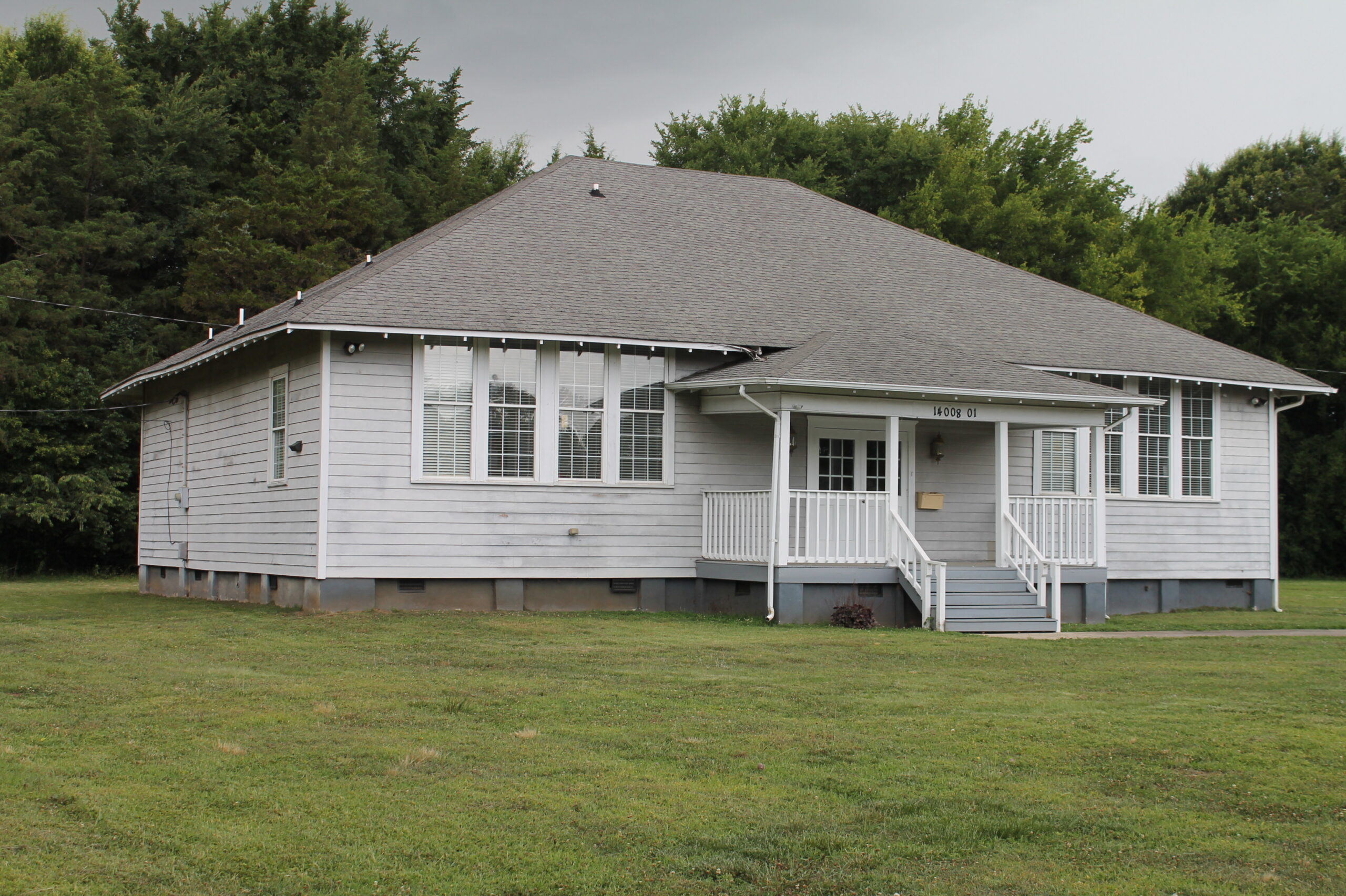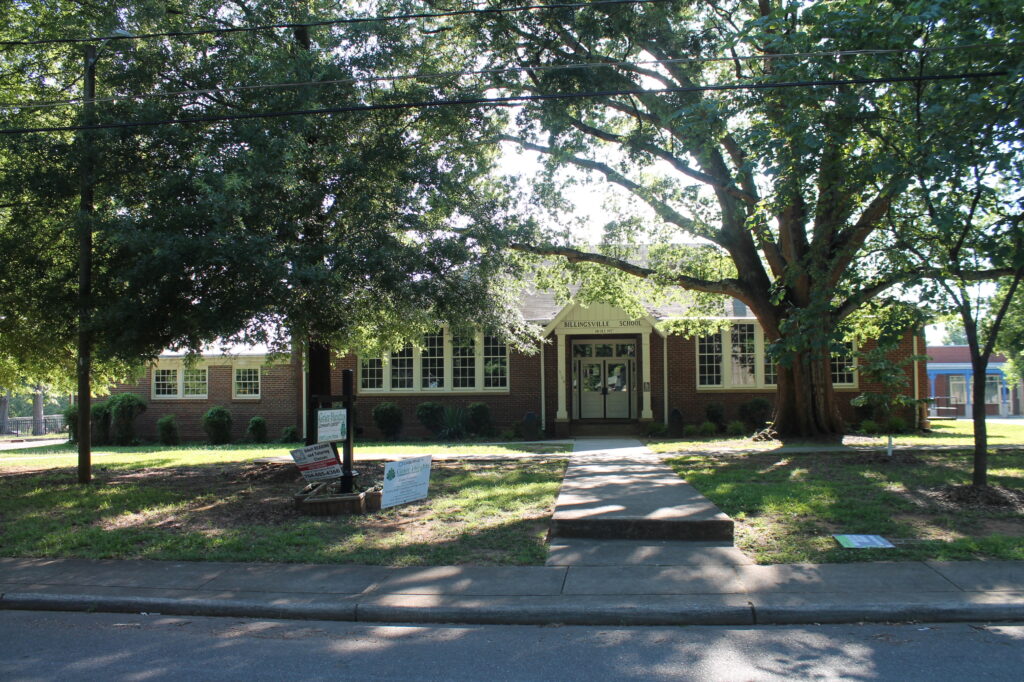
By Hope Yancey
In the early part of the 20th century, a new educational movement in the southern United States sought to improve educational opportunities for African-American children during segregation.
According to the National Trust for Historic Preservation, the Rosenwald schools were the result of a collaboration between African-American educator and author Booker T. Washington and Julius Rosenwald, the Sears Roebuck executive and philanthropist.
On his website, historysouth.org, Dr. Tom Hanchett notes Washington came up with the idea and funding came from Rosenwald through matching grants. Communities contributed financially, and local school boards oversaw the schools.
An influential African American educator in Charlotte, Dr. George E. Davis, was an important fundraiser for the Rosenwald schools, says Hanchett. Rosenwald schools were an attempt to “make public education a little bit more equal,” he says. Hanchett was staff historian at the Levine Museum of the New South for 16 years. Recently, he completed a one-year appointment as historian-in-residence for Charlotte Mecklenburg Library.
A sign in front of the Billingsville Rosenwald School, behind the current Billingsville Elementary, notes North Carolina had 813 Rosenwald schools, with 26 of them in Mecklenburg County.
North Carolina’s total was higher than any other state, something Hanchett says might be attributable to the many historically Black colleges and universities that could serve as “points of organizing.”
A handful of the schools built in Mecklenburg County are still standing in good shape. The Billingsville Rosenwald School, built in 1927, is well preserved and functions today as a community center in Grier Heights. As was typical of Rosenwald schools, its design resembles a house. Land for the school came from Sam Billings, an African American landowner, according to the school’s National Register of Historic Places registration form.
Rosenwald schools were “sites of nurture” and displayed “hominess,” Hanchett says. This style, he says, fit with the African American women and men who taught in them. They were part of the community and interacted with it in all aspects. Women could take on leadership roles.
The Caldwell Rosenwald School is another proud example of a Rosenwald school. The building is now part of Burgess Supply Co., a Huntersville flooring business. The McClintock Rosenwald School, on Erwin Road in the Steele Creek area, sits on a church campus. The building has been used as a fellowship hall, according to the website of McClintock Presbyterian Church.
Fisk University in Tennessee has a large collection of documentation on the Rosenwald schools. An online database lists McClintock School as having been built at a total cost of $2,925 in 1922, about 10 years before the last Rosenwald schools were constructed in 1932.
Rosenwald schools face similar preservation challenges as other old buildings, Hanchett says. He says finding continued uses for them and determining how to “meet the ravages of time” are among the factors that can jeopardize them.
Their history demonstrates Americans’ desire for education and tells stories of “struggle” and “sacrifice,” and the buildings themselves are valuable, according to Hanchett. The buildings are “great coming-together places,” he says.
Hanchett finds a message appropriate for modern times in the banks of windows the structures feature, allowing in plenty of natural light. Rural communities often lacked electricity, so the buildings made the most of sunlight. This focus can provide us “inspiration” for how we build today, he says.
There is legislation in Congress to commemorate the history of the Rosenwald schools, according to the National Trust, which has endorsed the bill. The Julius Rosenwald and the Rosenwald Schools Act of 2019 would require the Secretary of the Interior to conduct a study of the schools.
Visit historysouth.org to learn more about Rosenwald schools.

